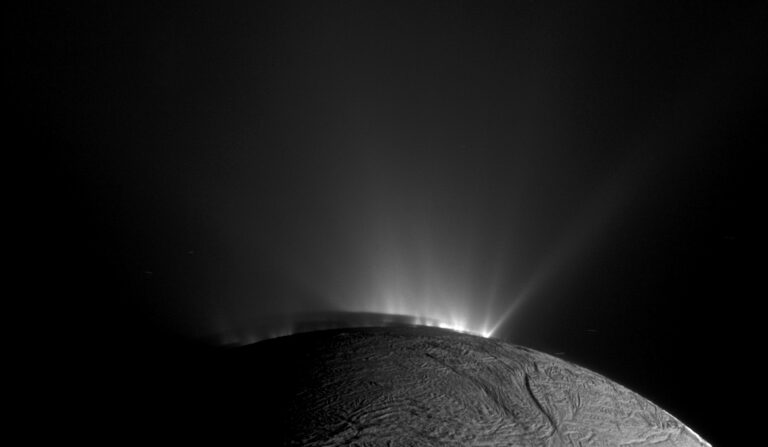Key Takeaways:
- Planets appear to move backward (retrograde) due to differences in orbital speeds.
- This effect is visible for both inner (inferior) and outer (superior) planets.
- Retrograde motion is an illusion caused by Earth's faster or slower passage compared to other planets.
- Venus' retrograde motion is caused by Earth "passing" Venus in its faster orbit around the Sun.
A: The apparent retrograde motion of planets (and other objects) on the sky is an illusion caused by the fact that objects in our solar system orbit the Sun at different distances and speeds. This is certainly easiest to picture for superior planets — those outside of Earth’s orbit — such as Mars. Earth circles the Sun every 365 days; Mars takes 687 Earth days to do the same. Our planet has a shorter path to travel, so at some point, we “catch up” to Mars and then pass it. Just as passing a slower-moving car on the highway makes that car artificially appear to move backward from your point of view, Mars appears to move backward, or retrograde, relative to the background stars for a period of time. Once your car (or our planet) has pulled far enough ahead, the retrograde motion disappears.
But as your question brings up, can this happen with the inferior planets Venus and Mercury? The answer is still yes, these planets do exhibit retrograde motion. Their retrograde motion occurs because they circle the Sun much faster than Earth and sometimes overtake our planet as they swing around our star. That same effect causes them to first pause, then move “backward” (or westward) relative to the background stars, before pausing and resuming their eastward motion.










